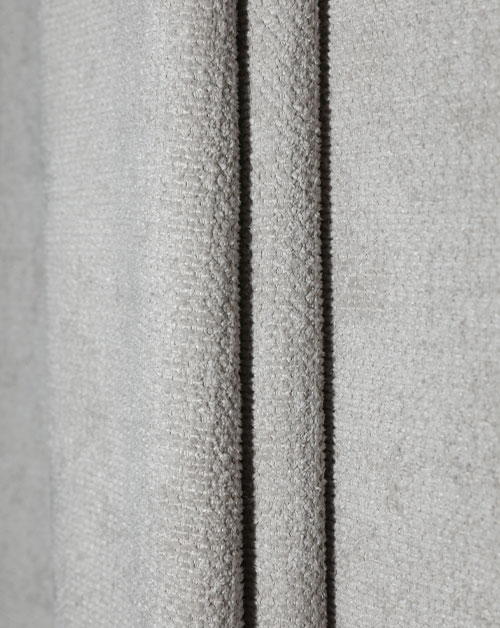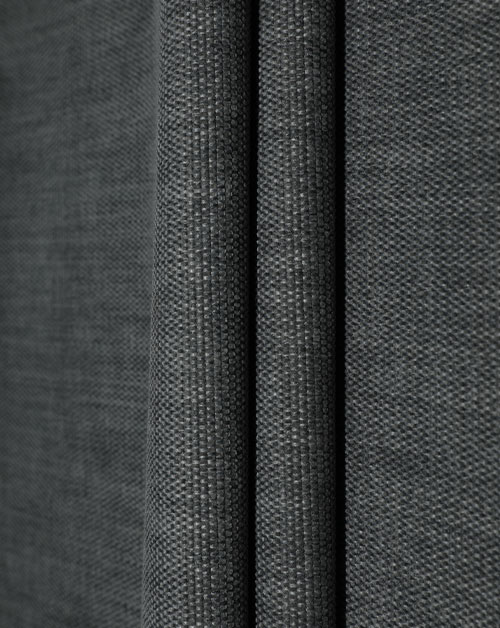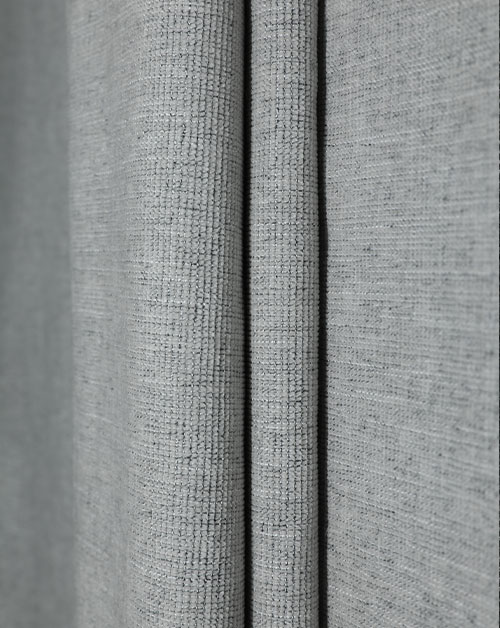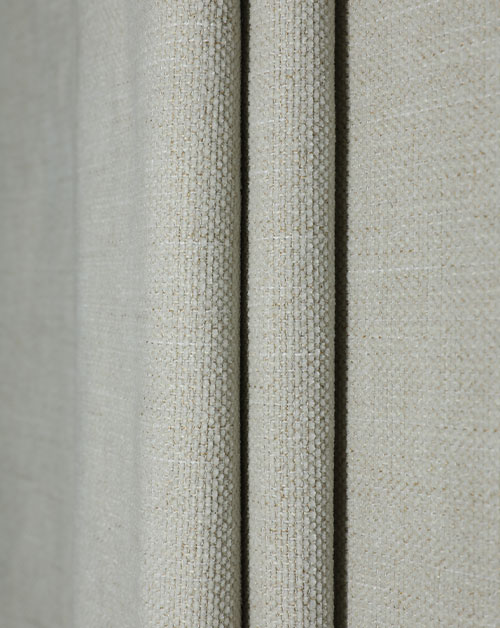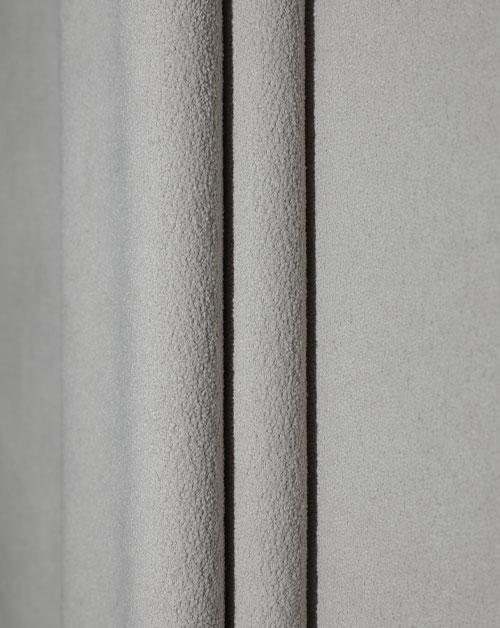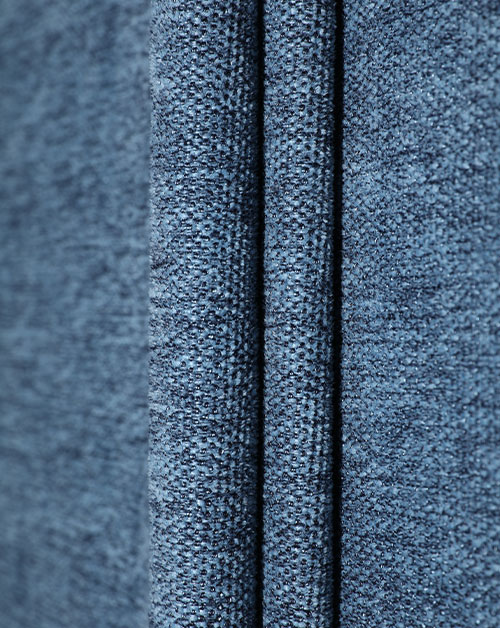Although the direct effect of Soft Brushing treatment on enhancing the air permeability of Soft Brushing Upholstery Fabric may not be as significant as some chemical treatments or special weaving technologies, it can still promote it to a certain extent through physical changes to the surface of the fabric. Air circulation improves the overall breathability of the fabric.
1. Basic principles of Soft Brushing upholstery fabric processing
Soft Brushing is a physical processing method that uses a special brush to gently brush the surface of the fabric. During this process, the bristles of the brush interact with the fabric fibers to remove floating hair and impurities on the surface of the fabric, and may change the arrangement of the fibers to a certain extent.
2. Soft Brushing treatment indirectly improves breathability
Remove surface lint and impurities:
The primary function of Soft Brushing treatment is to remove lint, dust and other tiny impurities on the surface of the fabric. If these impurities adhere to the fabric for a long time, they may clog the tiny pores on the surface of the fabric and affect air circulation. Therefore, removing these impurities helps keep the surface of the fabric clean and unobstructed, indirectly improving breathability.
Improve fiber alignment:
During the brushing process, fabric fibers may be combed and rearranged to some extent. While this change typically doesn't alter the fabric's basic structure, it may make the gaps between fibers more even, reducing airflow obstruction caused by disorganized fibers. This micro-level change helps improve the breathability of the fabric.
Improve the smoothness of fabric surface:
Soft Brushing treatment can also make the surface of Soft Brushing Upholstery Fabric smoother. The smooth surface reduces resistance to air circulation, allowing air to pass through the fabric more smoothly. This effect is particularly important in furniture upholstery fabrics that require good breathability, such as sofa covers, mattress covers, etc.
3. The influence of other factors on breathability
It is worth noting that although soft brushing can improve the breathability of fabrics to a certain extent, its effect is also affected by various factors such as fabric material, weaving process, density, etc.
Fabric material: Fabrics of different materials have different breathability properties. For example, natural fibers generally breathe better than synthetic fibers, such as polyester. Therefore, when choosing fabrics treated with Soft Brushing, you should give priority to those materials with better breathability.
Weaving process: The weaving process of Soft Brushing Upholstery Fabric will also have an important impact on its breathability. For example, fabrics with an open weave tend to be more breathable than fabrics with a tight weave.
Fabric density: The density of Soft Brushing Upholstery Fabric is also a key factor affecting breathability. Density that is too high may block air flow and reduce the breathability of the fabric.
Soft Brushing treatment improves the breathability of Soft Brushing Upholstery Fabric to a certain extent by removing lint and impurities on the surface of the fabric, improving fiber arrangement, and increasing the smoothness of the fabric surface. However, this improvement effect is limited and is restricted by various factors such as fabric material, weaving process and density. Therefore, while pursuing the breathability of fabrics, it is also necessary to consider other factors to select the most suitable furniture upholstery fabric.

 English
English 中文简体
中文简体 русский
русский عربى
عربى